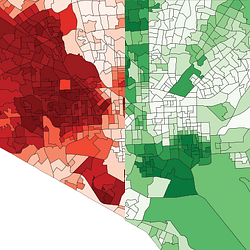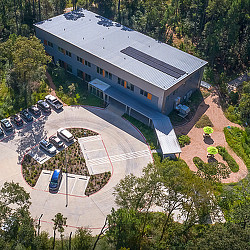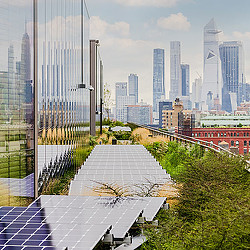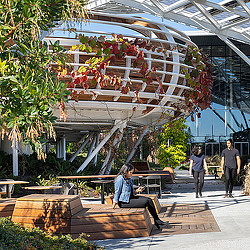Four Big Takeaways From Gensler’s New Global Climate Action Survey
What is the state of climate change perceptions in 2024?

In the Gensler Research Institute’s newest Global Climate Action Survey, we surveyed over 17,000 respondents across 15 countries to measure global perceptions of extreme weather and climate change. By measuring the level of concern about climate changes, and how people experience severe weather, we can more accurately discover pathways to change, and better understand how to work with communities around the world to mitigate and adapt to climate change.
1. Extreme weather has become the global norm.
The conversation around climate change has shifted from being speculative to rooted in daily experiences. A striking 92% of respondents reported having experienced at least one natural disaster or severe weather event. The average individual we surveyed was affected by nearly six extreme weather events, causing significant ongoing disruptions to their daily lives.
We found that in India, people are being hit the hardest. This year, 82% of respondents in India reported being personally impacted by extreme heat and 74% by heavy precipitation; both the highest of any country we surveyed. The United Kingdom, by contrast, reported the least impacts from severe weather, with 30% affected by extreme heat, and 42% affected by heavy precipitation.
2. Quality of life is being adversely impacted by a changing climate.
Increasingly intense, frequent, and widespread severe weather events are driving global concerns about quality of life. A vast majority (76%) of respondents reported losing access to essential infrastructure and services, such as energy, internet, roads, and clean water, as a direct result of extreme weather.
Devastatingly, nearly one in three people believe they will need to move in the next five years because of environmental issues. Younger, urban populations in the areas most impacted by extreme heat are the most likely to predict their need to move, suggesting a crisis of place that could ripple across economic centers in many global cities.
3. People do not feel that they or their communities are prepared for climate change.
As severe weather events become more frequent and intense, a growing number of people feel unprepared. In fact, a quarter of survey respondents indicated that they feel less personally prepared for extreme weather now than they did a year ago. Less than a third believe that they and their families are adequately prepared for the challenges posed by these events. Similarly, only one in three respondents think that their community is equipped to handle natural disasters.
Interestingly, respondents who have been at least moderately impacted by severe weather events tend to perceive their communities as better prepared for future natural disasters or severe weather, compared to those reporting lower levels of impact. We found a positive correlation between greater exposure to severe weather and higher perceptions of community preparedness at the individual and country scales.
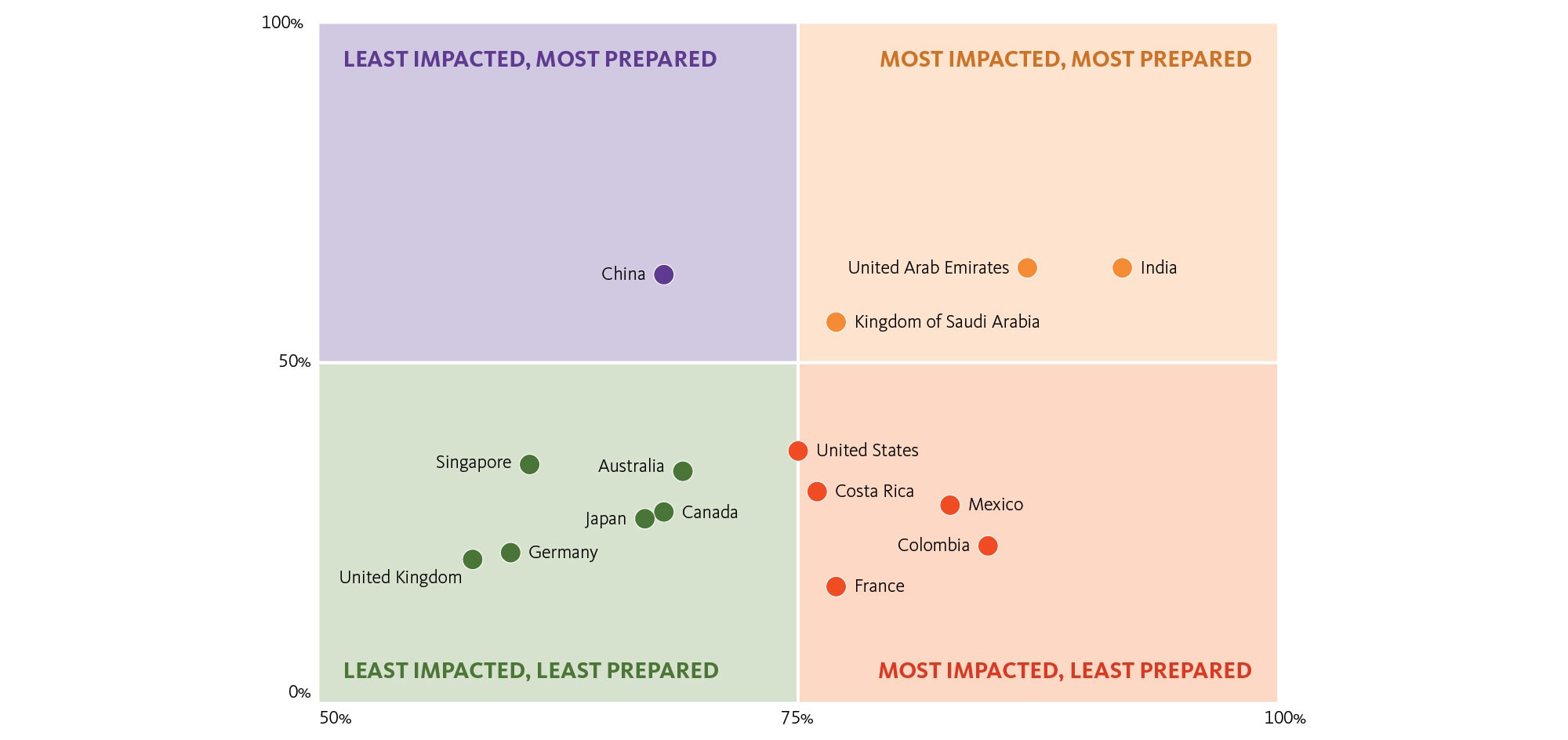
4. The public is demanding climate action in the form of more resilient design.
We have a global consensus on climate change. Only 4% of survey respondents believe that climate change is not an issue that needs to be addressed. Over two-thirds say it needs to be addressed immediately. Despite this urgency, over half of the respondents feel that not enough is being done globally to tackle climate change.
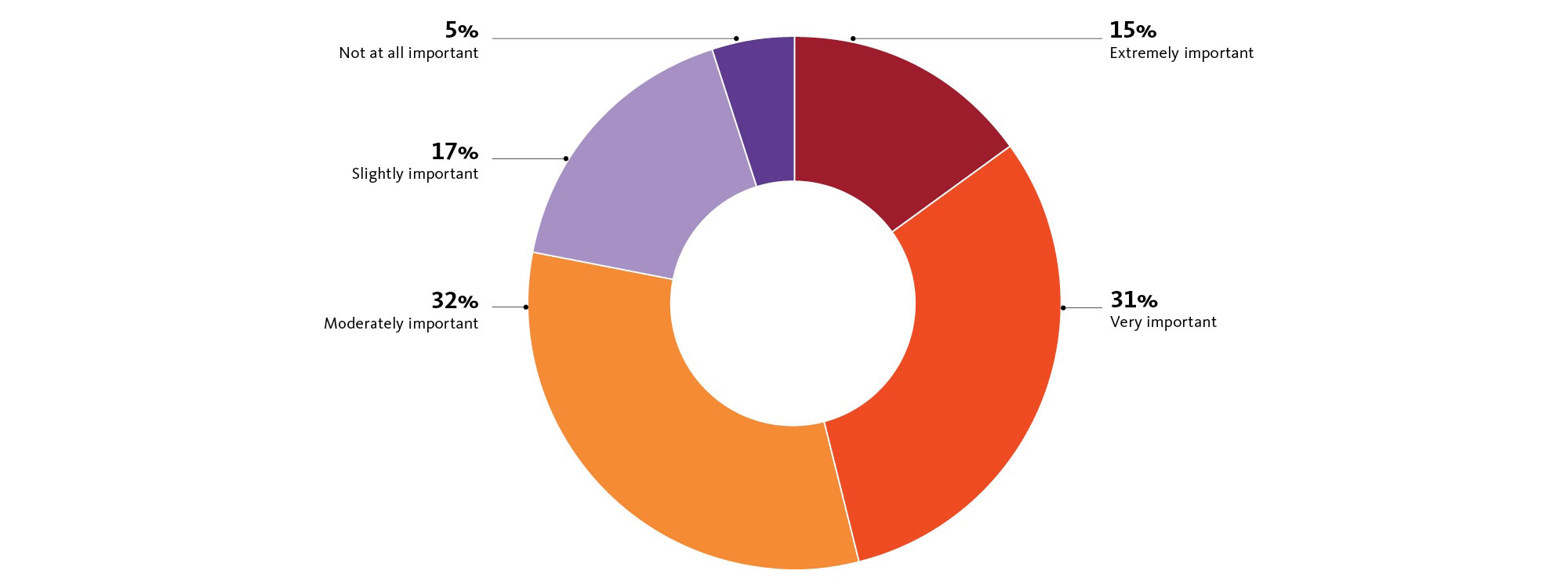
So, what is next? What do people want today? The answer is simple: more visibly sustainable, resilient design. We found that over three quarters of respondents place particular importance on sustainable features in the places where they live and work. Achieving meaningful and lasting change requires global alignment on decarbonization efforts and an immediate shift toward building for climate adaptation.
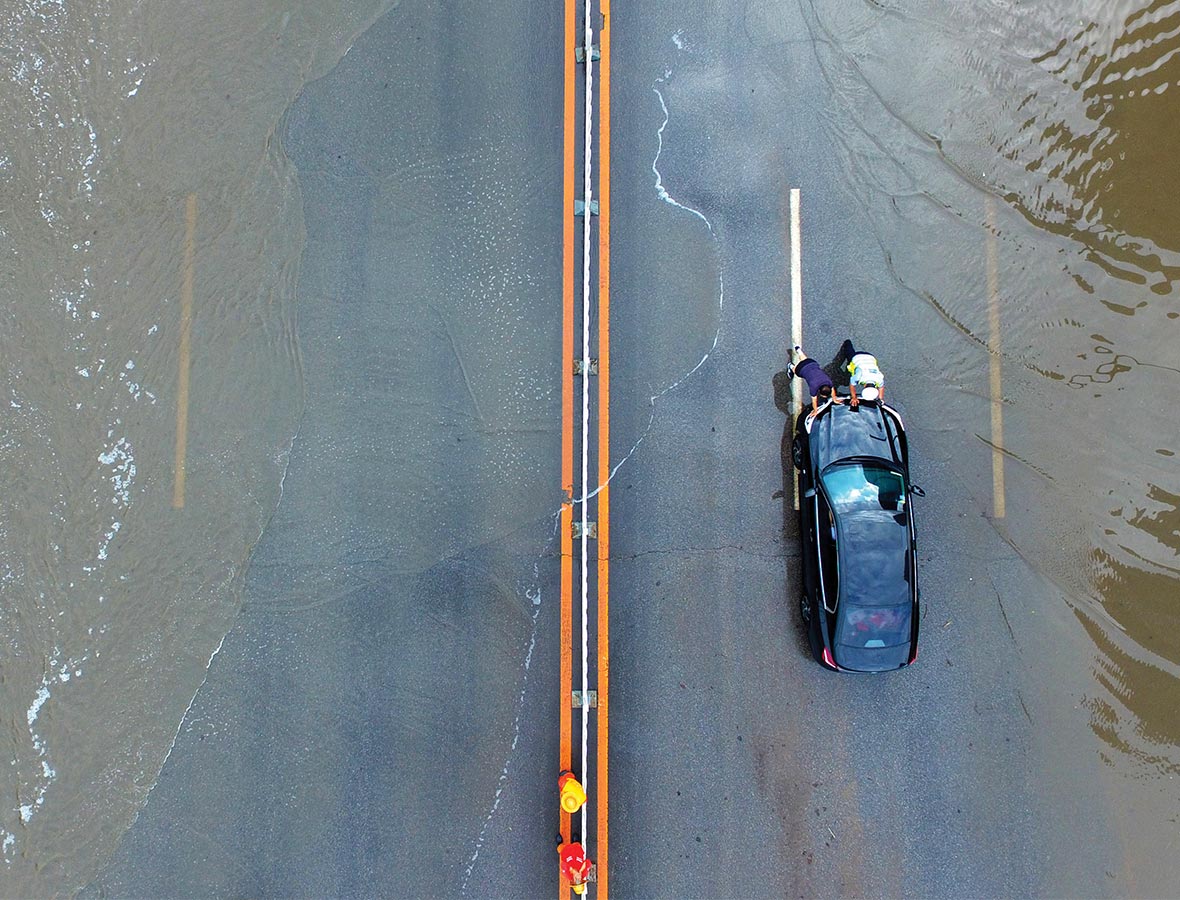
For media inquiries, email .



